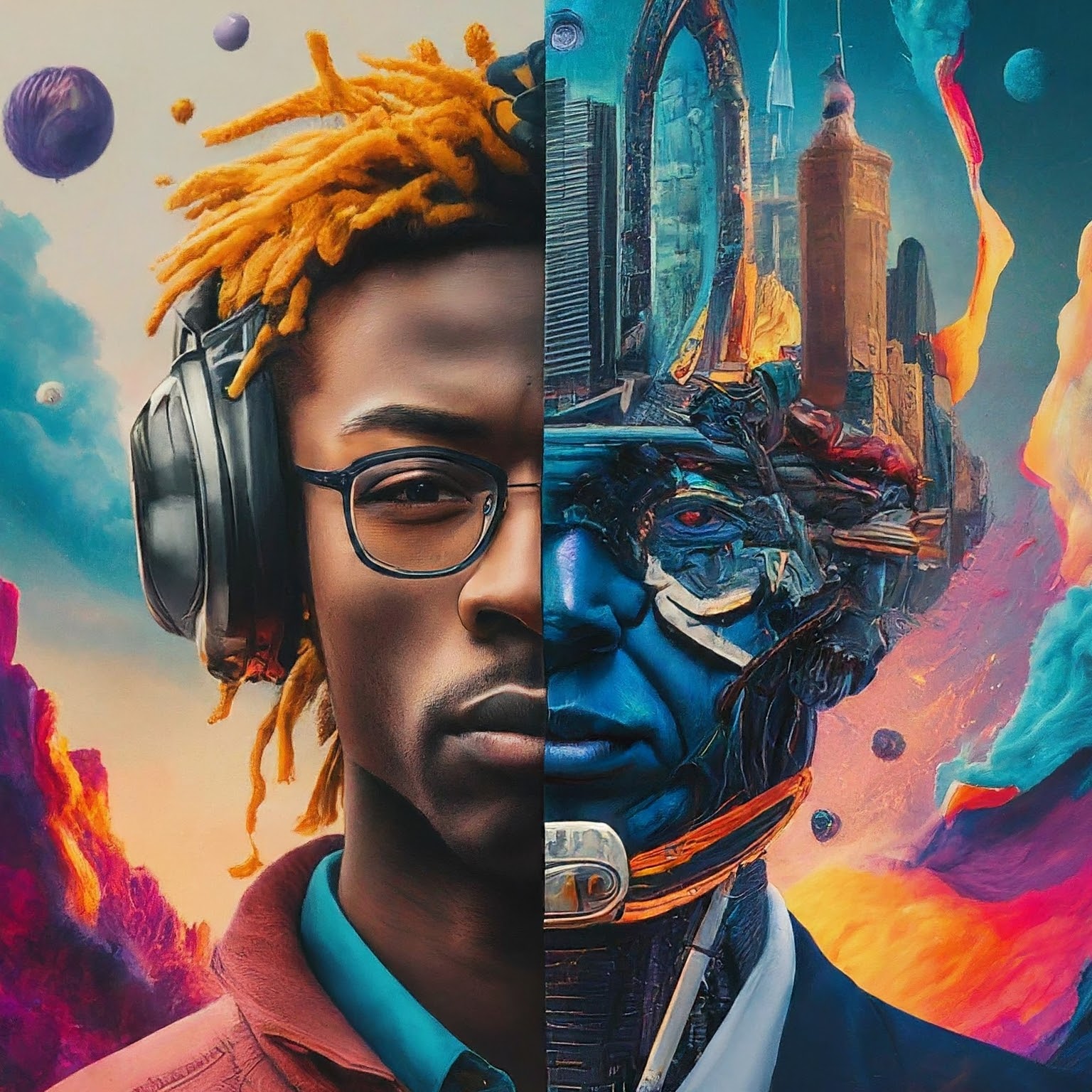
Can’t Tell AI from Real? Deep Dive into the Brains of AI Giants Like Gemini, ChatGPT & Copilot
Remember when Artificial Intelligence was confined to science fiction movies? Fast forward to today, and we’re witnessing a reality where deep learning and neural networks are powering breakthroughs across various fields. In this blog, we’ll delve into the minds of three AI giants – Gemini, ChatGPT, and Copilot – to understand how these innovative tools leverage deep learning to create buzz, solve problems, and reshape the future. Buckle up, and prepare to be amazed!
Here are some examples on how Artificial Intelligence is impacting our lives:
- Artificial Intelligence Art Generation: The creative potential of deep learning explodes with tools like Dream by WOMBO and DALL-E 2. Utilizing Generative Adversarial Networks (GANs) and Diffusion Models, these platforms empower users to transform text into stunning visuals, sparking awe and inspiration across social media.
- Artificial Intelligence Companions: Feeling lonely? Neural networks forge emotional connections like never before. LaMDA and GPT-3 power chatbots like Bard and Replika, offering companionship, mental health support, and even engaging conversation. Users share heartwarming stories of AI friends, highlighting the power of technology to foster meaningful connections.
- Deepfakes: Friend or Foe? The debate rages on as deep learning creates eerily realistic videos. Tools like RunwayML and DeepFaceLab ignite both fascination and concern. We’ll explore the creative potential of this technology while emphasizing responsible development and ethical considerations.
- Code Like a Pro with Artificial Intelligence: Say goodbye to endless debugging! GitHub’s Copilot, powered by OpenAI’s neural networks, assists programmers with real-time code suggestions and problem-solving. Developers rave about its efficiency and impact on their workflow, generating buzz on coding forums and social media.
Delving Deep: Neural Networks Behind the Scenes
Now, let’s dissect the brains behind these awe-inspiring AI tools:
- Gemini: This Google AI marvel, built on the PaLM technology, utilizes complex Transformer-based architectures like Pathways System and Pathways Language Model. These allow for deep understanding, reasoning, and even humor, evident in Gemini’s impressive performances on diverse benchmarks.
- ChatGPT: OpenAI’s GPT-3.5 shines with its decoder-only Transformer model, excelling at text generation and engagingly responding to prompts. This translates to user-friendly interactions and captivating outputs, contributing to its social media popularity.
- Copilot: This GitHub co-pilot leverages OpenAI’s Codex technology, which combines large language models with code-specific training data. This results in context-aware code suggestions and problem-solving assistance, empowering developers and attracting positive social media feedback.
Key Processes and Deep Learning Models:
- Language Understanding: At the heart of these Artificial Intelligence giants lies the ability to understand human language. This involves complex processes like tokenization, embedding, and attention mechanisms within the neural networks. These processes enable the models to analyze the meaning and context of words, sentences, and entire conversations.
- Knowledge Representation: Effectively storing and accessing information is crucial. Techniques like knowledge graphs and memory modules within the neural networks allow these AI tools to retain and leverage vast amounts of information, resulting in more informed and nuanced responses.
- Generation and Decision-Making: Whether it’s generating creative text, suggesting code, or offering companionship, these AI tools excel at producing outputs and making decisions. Generative models and reinforcement learning techniques empower them to learn from past experiences and produce increasingly accurate and relevant outputs.
Beyond the Hype: Responsible Development and the Future
While these Artificial Intelligence innovations are captivating, it’s crucial to approach them with responsible development and ethical considerations. We must address potential biases, ensure data privacy, and promote transparency in these technologies.
The future of deep learning and neural networks is brimming with possibilities. From personalized education and healthcare to AI-powered assistants in every aspect of our lives, these technologies hold the potential to significantly impact our world. As we navigate this exciting future, let’s strive for an AI landscape that is inclusive, beneficial, and serves humanity for good.
Remember, this is just the beginning of our exploration. Stay tuned as we delve deeper into the fascinating world of deep learning and its impact on various industries and aspects of our lives.
Join the conversation on LinkedIn (shameless plug: Shailendra Kumar) and Twitter (Shailendra Kumar), share your thoughts. For more Practical Deep Learning real life examples, click here.